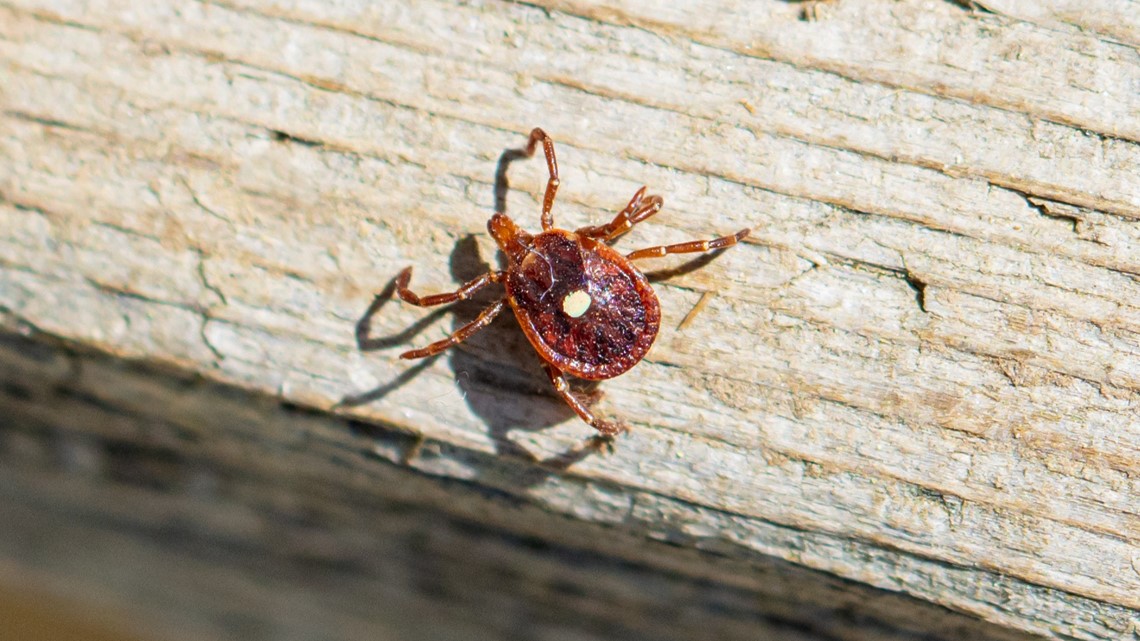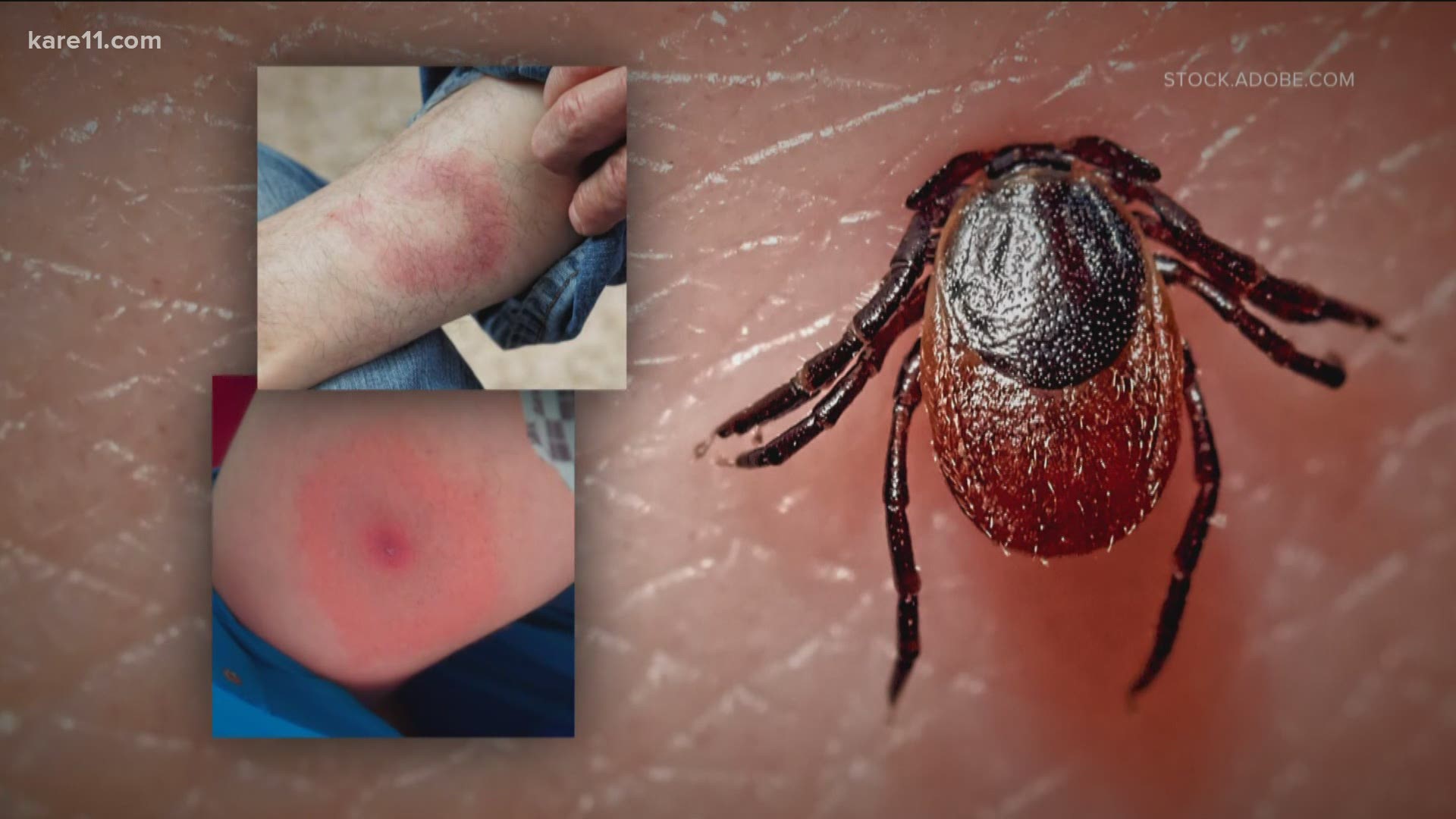MINNESOTA, USA — Editor's note: The above video originally aired on KARE 11 on June 4, 2021.
There are plenty of perks that come with the return of warm weather in Minnesota. But one of the drawbacks? Ticks.
University of Minnesota School of Public Health professor Jon Oliver says the cold and wet spring has caused a delay in tick emergence, making it harder for experts to pinpoint how long they plan to stay with us this year.
Oliver notes that the cold and moist weather might actually cause a decrease in the insects this year and shorten the amount of time immature ticks have to feed before hot and humid weather sets in.
According to Oliver, the most prevalent ticks in Minnesota are "deer ticks" and "wood ticks." These species commonly impact people and their pets, however, deer ticks cause more concern to professionals because of their ability to carry Lyme disease.
To be safe, it's important to spray yourself with an insect repellent like DEET before heading into any forest-like areas or prairie grounds. There are also clothing options that have built-in permethrin or insect repellent. Most importantly, do daily checks on yourself and your animals after you've gone into a tick-prone habitat. If you do happen to find any ticks lingering on your body, use tweezers to remove it. Oliver says to approach the tick near its mouth to ensure you remove the entire insect from the bite point.
Professor Oliver says that since his focus on Minnesota ticks began he has seen a rise in the unique pathogens coming from those insects in our area. He is hopeful that, "in the future scientists may be able to limit their spread to new places or their ability to transmit pathogens."
On a national scale, Lone Star ticks have created recent buzz online because of their ability to cause red meat allergies in humans. When the tick bites some people, their bodies produce an allergic response to it, causing what's called Alpha-gal syndrome – an allergic reaction to red meat. Lone Star ticks are mostly found in the southeastern part of the country and there is currently no cure to the allergy.


According to the Minnesota Department of Health, the Lone Star tick and its subsequent Alpha-gal syndrome currently pose "no significant risk to Minnesotans." The DNR says Lone Star ticks are very rare in Minnesota, and as long as you practice preventative measures for ticks we commonly see in our area, you should be protected.
The Lone Star tick received it's name from the resemblance between the white spot on the females scutum's and the lone star flag.
Watch more local news:
Watch the latest local news from the Twin Cities in our YouTube playlist:

